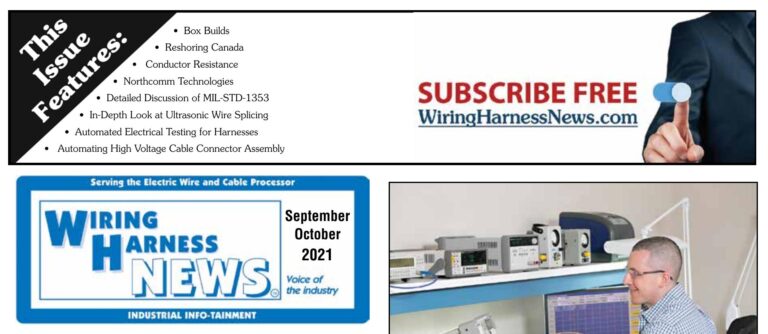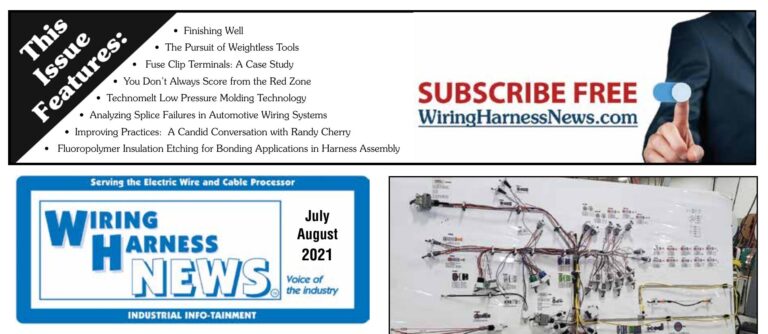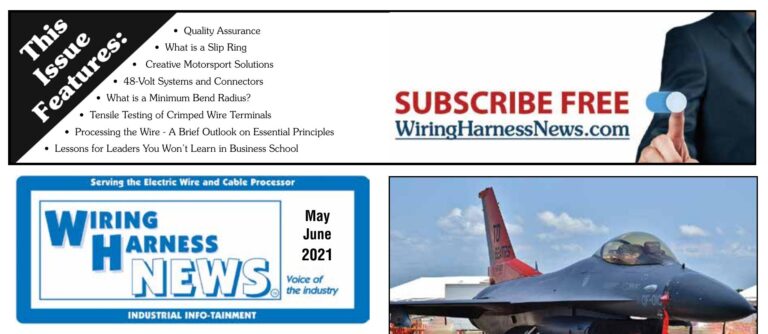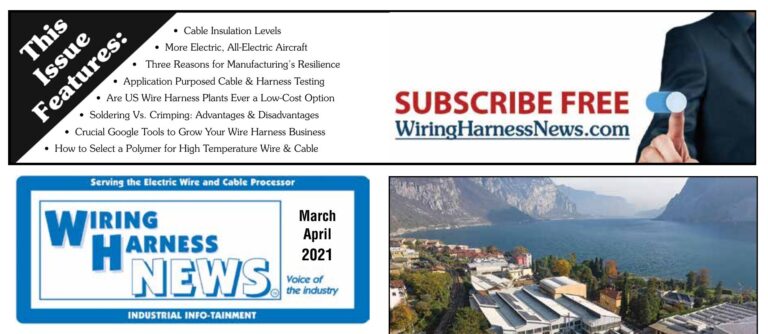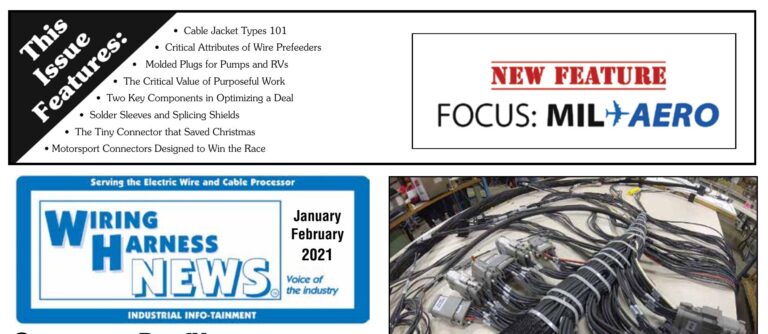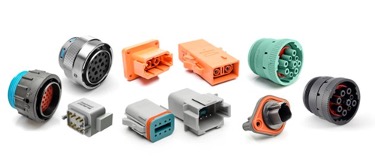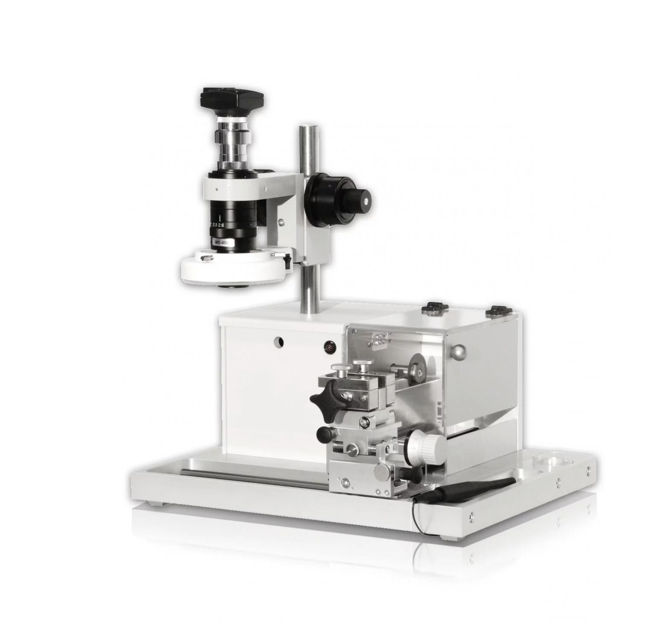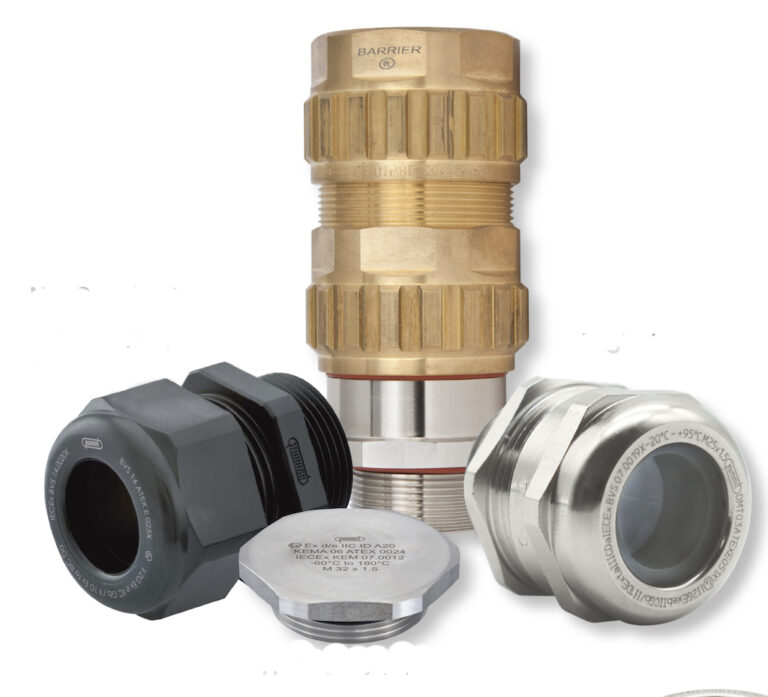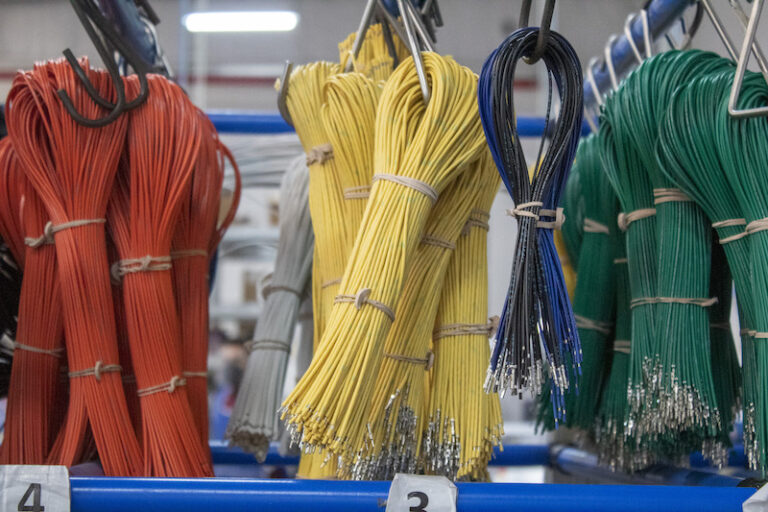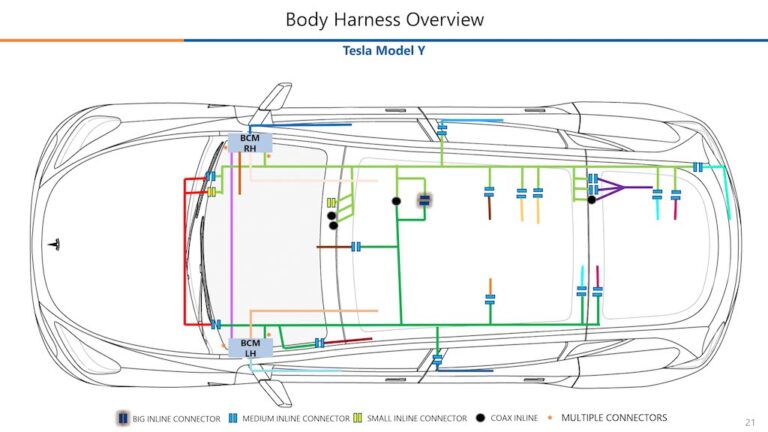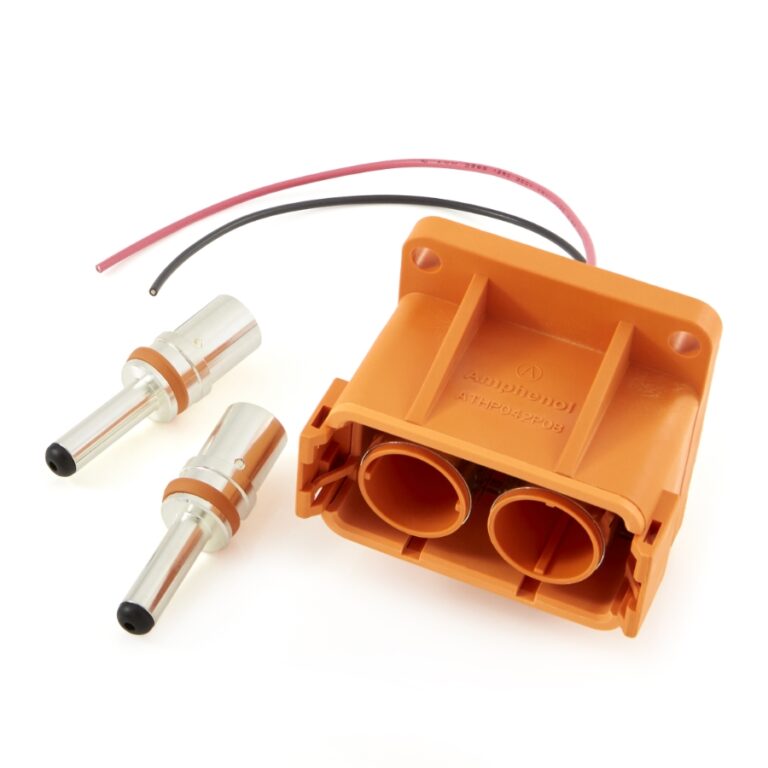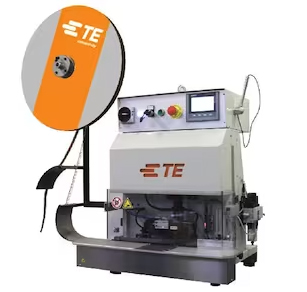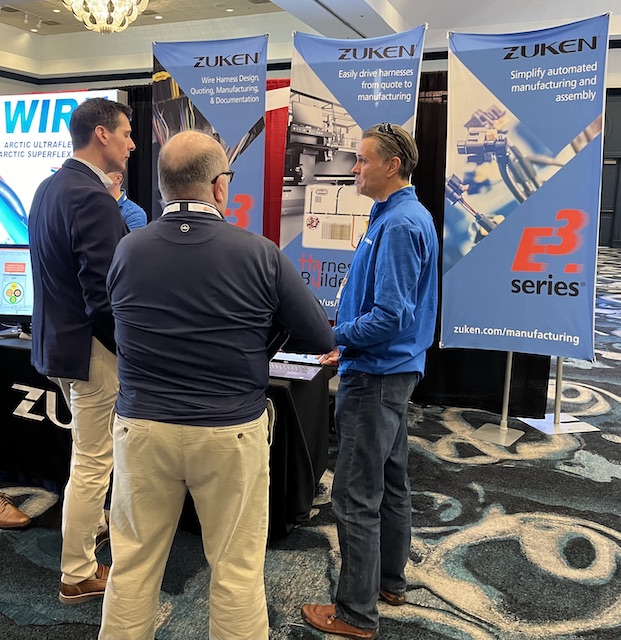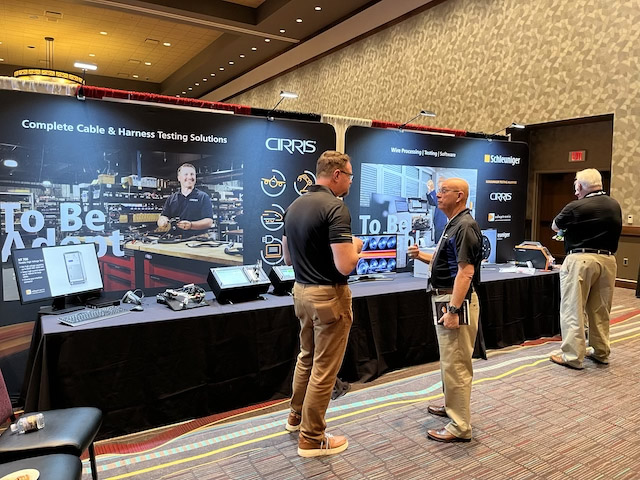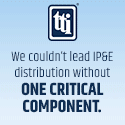The Value of a CIM
by Loren Smith
Often, wire harness owners who retain me to sell their company will ask if developing a CIM (confidential information memorandum) is really worthwhile. I respond that although creating a CIM can seem a rigorous, time-consuming undertaking for the seller, I consider it just about mandatory.
The CIM enables prospective buyers to quickly grasp vital information about a company such as its management team, markets served, process, competition, and financial history. It should take a prospective buyer no more than 20 minutes to read while providing enough information for a buyer to ascertain level of interest. The following example illustrates the CIM’s value.
A number of years ago, I was helping sell a $5M West Coast harness company that had two huge question marks on its back: 1) The company did 85% of its business with one customer. 2) The owner of the company took his compensation in a convoluted way––entirely legal, but complicated.
No problem. The CIM just needed to show that the relationship with the company’s key customer was secure, based on performance and longevity, and it needed to clearly explain the past compensation practice as well as the key fact that future compensation would not be a cash drain on the business post-closing. (It was categorized as an add-back to EBITDA, representing the majority of the company’s value.) In addition, the CIM included the all-important description of how a prospective buyer might grow the business.
After completion, the CIM was disseminated to a small group of highly qualified buyers, and we soon had plant visits scheduled with a few of them.
The first buyer we had scheduled sat down with the seller and me one afternoon to ask a series of questions based on his understanding of our CIM. Afterward, we adjourned for a casual dinner, during which the buyer said he would provide us with a preemptive letter of intent (LOI) that night. (This did not surprise me greatly because the buyer and I had a prior, trusting relationship, and I suspected that the CIM had been quite persuasive.)
When we received the LOI that evening, we saw that it exceeded our expectations. Now the harness owner needed to decide whether to immediately accept the first LOI or engage in dialogue with other buyers. He asked my advice.
I told the owner that delaying our response created the risk that the buyer might find another opportunity, which could divert his attention and soften his enthusiasm for the deal, but that if he wanted to take this risk I’d be happy to continue dialogue with other prospective buyers. The seller wanted a day to think about it.
Sure enough, he called me the next morning, saying, “Because I’ll be getting more than I expected, I want to sign the LOI today.”
Although a competitive process is usually the path to optimal results, this sale process was atypical. A small harness company with extremely high customer concentration has limited appeal, and that was borne out when preliminary conversations with several potential buyers had failed to pique interest. Enter the CIM. Once we clearly and concisely laid out the company’s attributes on paper, we were able to identify and clinch a deal with an ideal buyer.

















